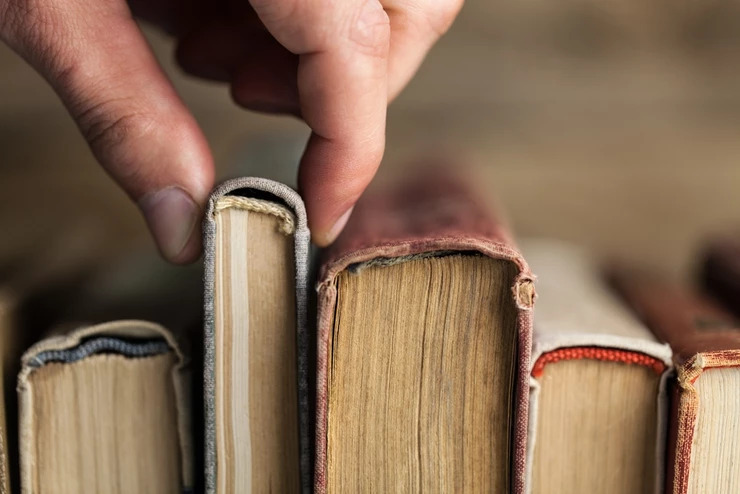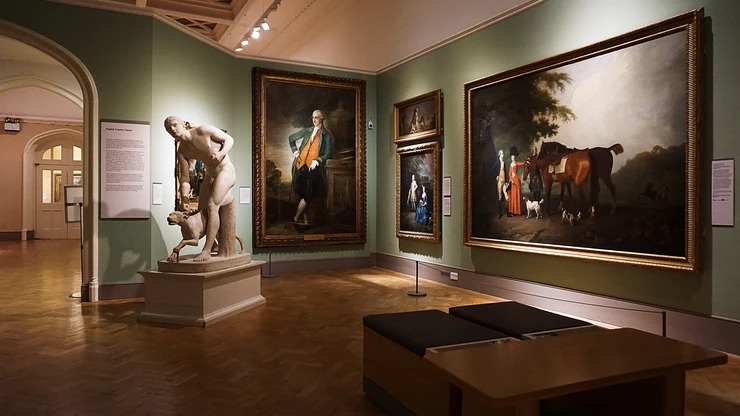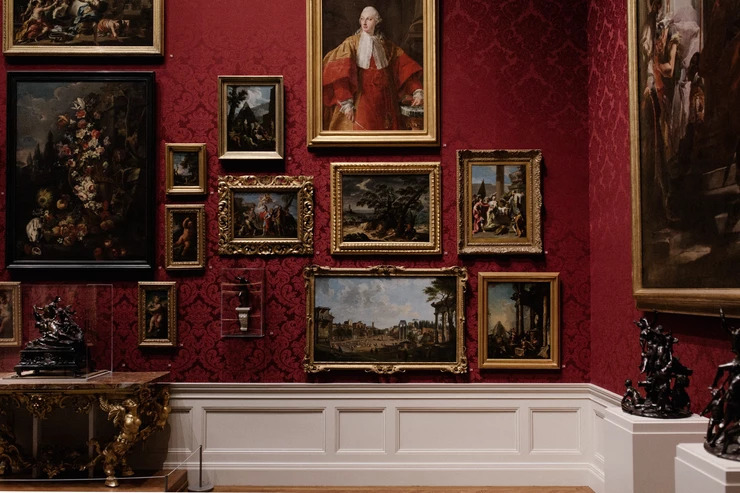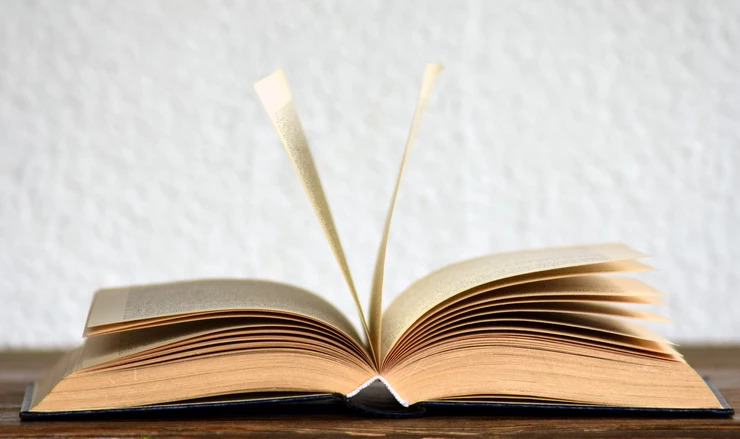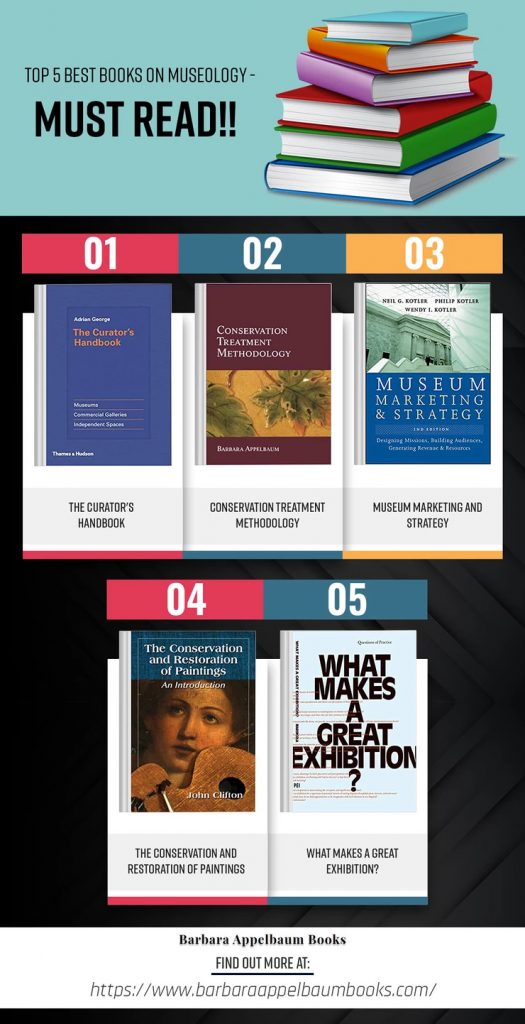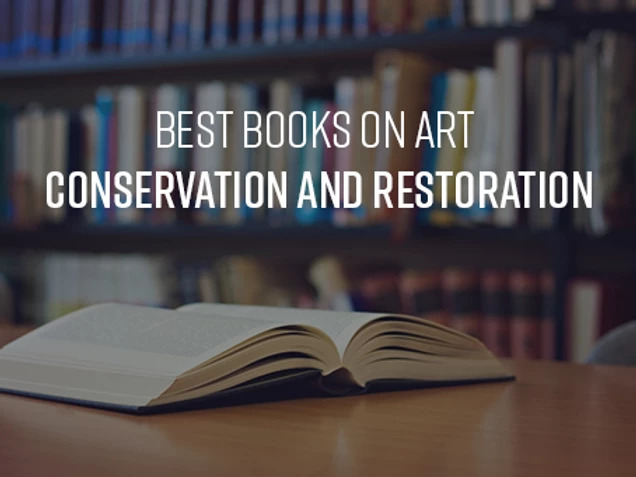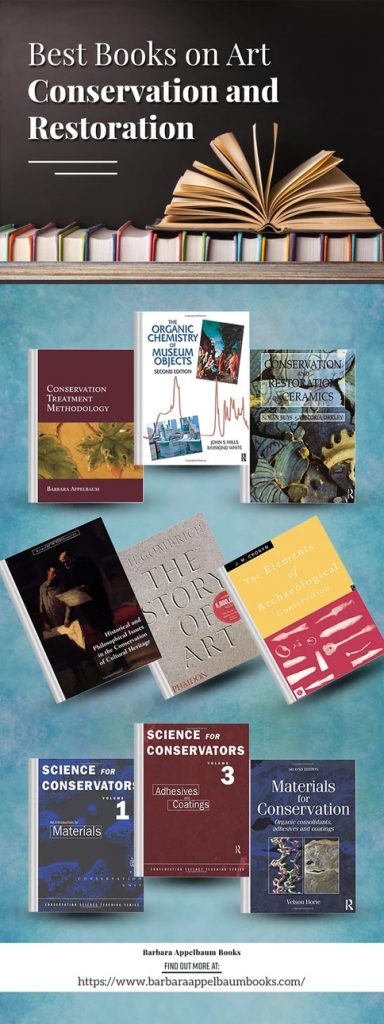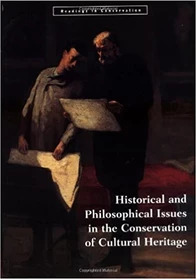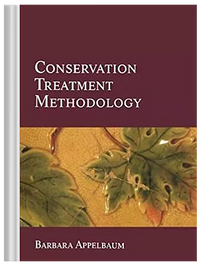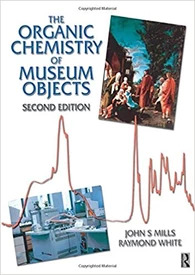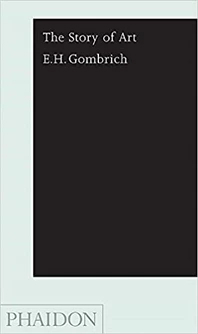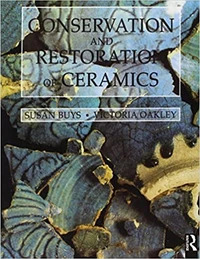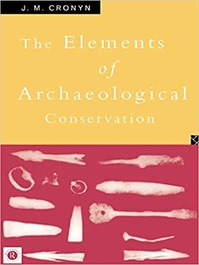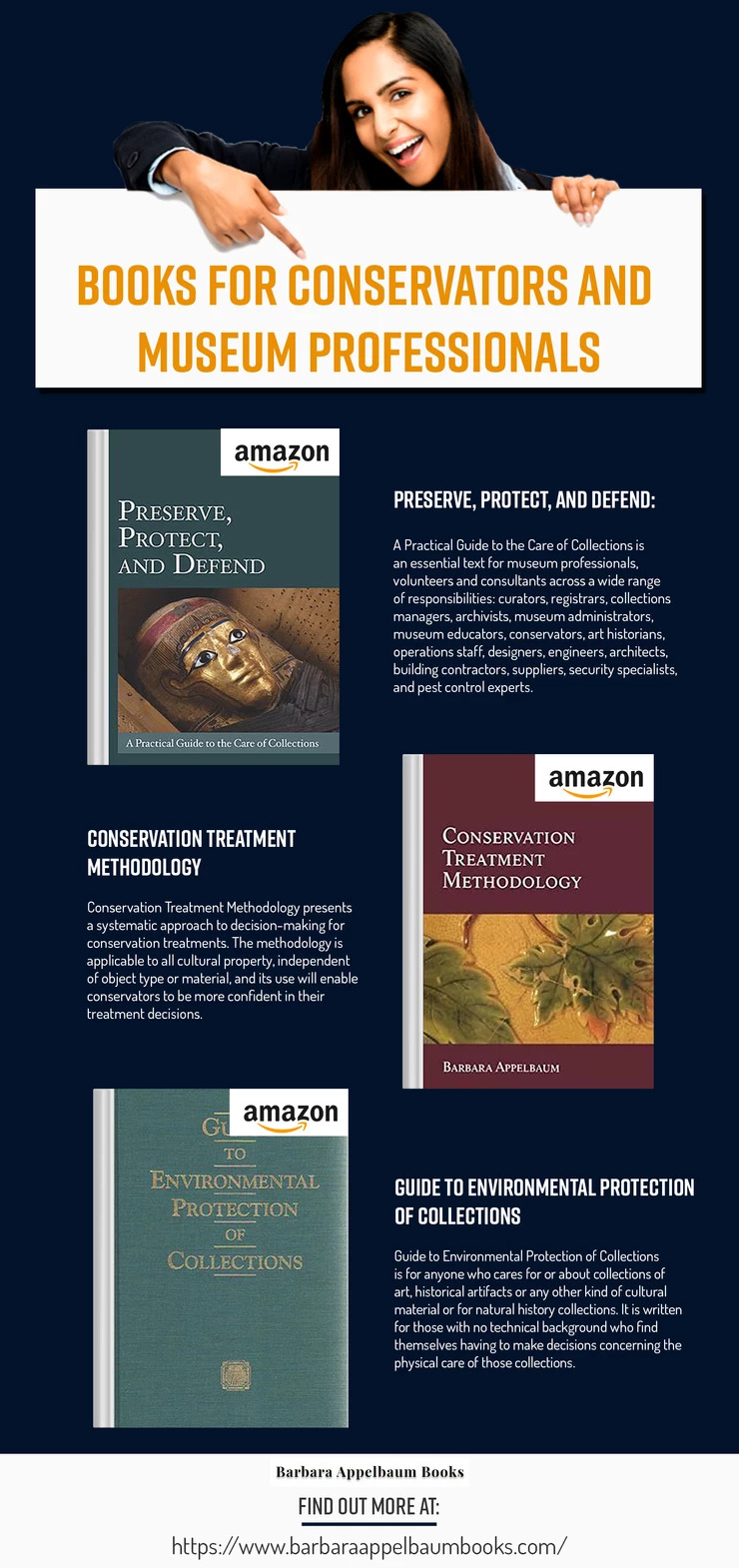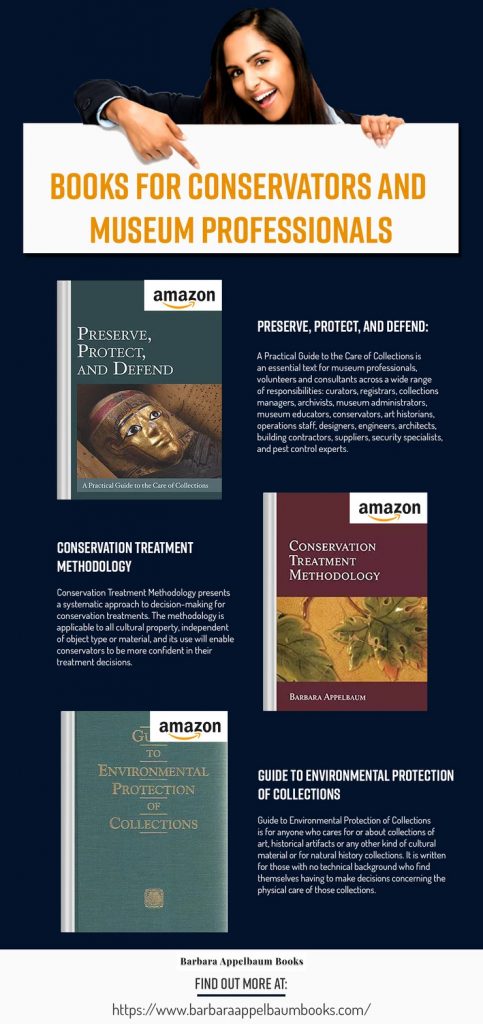Like history, art history goes through recurrent revisions and reviews.
It is a flexible discipline, but exploring the developments in art depends on it—or the very least is enhanced by it.
Art history can be overwhelming. Seemingly stacked with huge movements, artists, styles, and mediums, going through the study might seem challenging. However, with the right book, you can make the study of art history more engaging, more comprehensive, and more attainable.
And here we have rounded up 9 Inspiring Books for Art Historians.
The Painters Secret Geometry:
This book is ideal for both students and practitioners. Many famous artists have used geometric patterns to aid in composition. The book casts new light on well-known works and offers mathematical perspectives. However, it is a very dry reading that can get boring at the beginning.
The Collins Big Book of Art:
This book is a fascinating introduction to the field for those with limited to no knowledge of the subject. It includes everything from cave art to pop art with so much in between, making it a great crash course and a perfect coffee table book. It explores themes throughout the ages and includes a sizable reference section but the layout can seem confusing.
Art: Over 2500 Works from Cave to Contemporary:
This book lists works from cave to contemporary and opens with a section that details a few uncomplicated steps to analyze painting and sculpture this is designed to heighten your appreciation. It compiles the work of over 700 artists. The book features thematic galleries and practical historical overviews. However, the photos could be bigger.
Art: A Brief World History:
This book somehow manages to be both comprehensive and concise covering works from ancient times up to the present with 900 illustrations. It is a great book for passing the time anywhere as it is compact enough to fit in your pocket. It contains brief artist bios and inspires further study but the spawn of pages makes the images hard to see.
History and Art for the Traveler:
History and art for the traveler is a wonderful companion to anyone making a first trip to Europe. It examines the continent’s highly important artistic periods and explains the forces behind them, helping travelers get the most from their visits. It features a helpful list of sites to see in a humorous and engaging writing style.
Big Ideas Simply Explained:
This book takes a look at over 100 works and movements from all corners of history on the globe with the goal of making what could be a dense subject into one that’s approachable, pleasurable, and able to be understood. It includes graphics that enhance the learning experience.
The Art Museum:
The Art Museum was created by a team of specialists in the field. It lists the glorious masterpieces. It’s about a thousand pages long and it’s reasonably priced for its size and scope.
Gardeners Art through the Ages:
This is a comprehensive illustrated tour through the great artistic traditions of the world covering the cultural and geographical background of each you can expect a completely new understanding of the subject. Thanks to this ever-popular addition.
It has a summary at the end of chapters as well as wonderful color images.
The Story of Art:
This book was written over fifty years ago and still is one of the most beloved and best-selling books in the field. It features an exhaustive survey of Western art reaching back to prehistoric times. It has been written by an eminent and widely respected author and this edition has undergone updating it boasts six foldouts.
That’s all about the 9 inspiring books for Art Historians.
